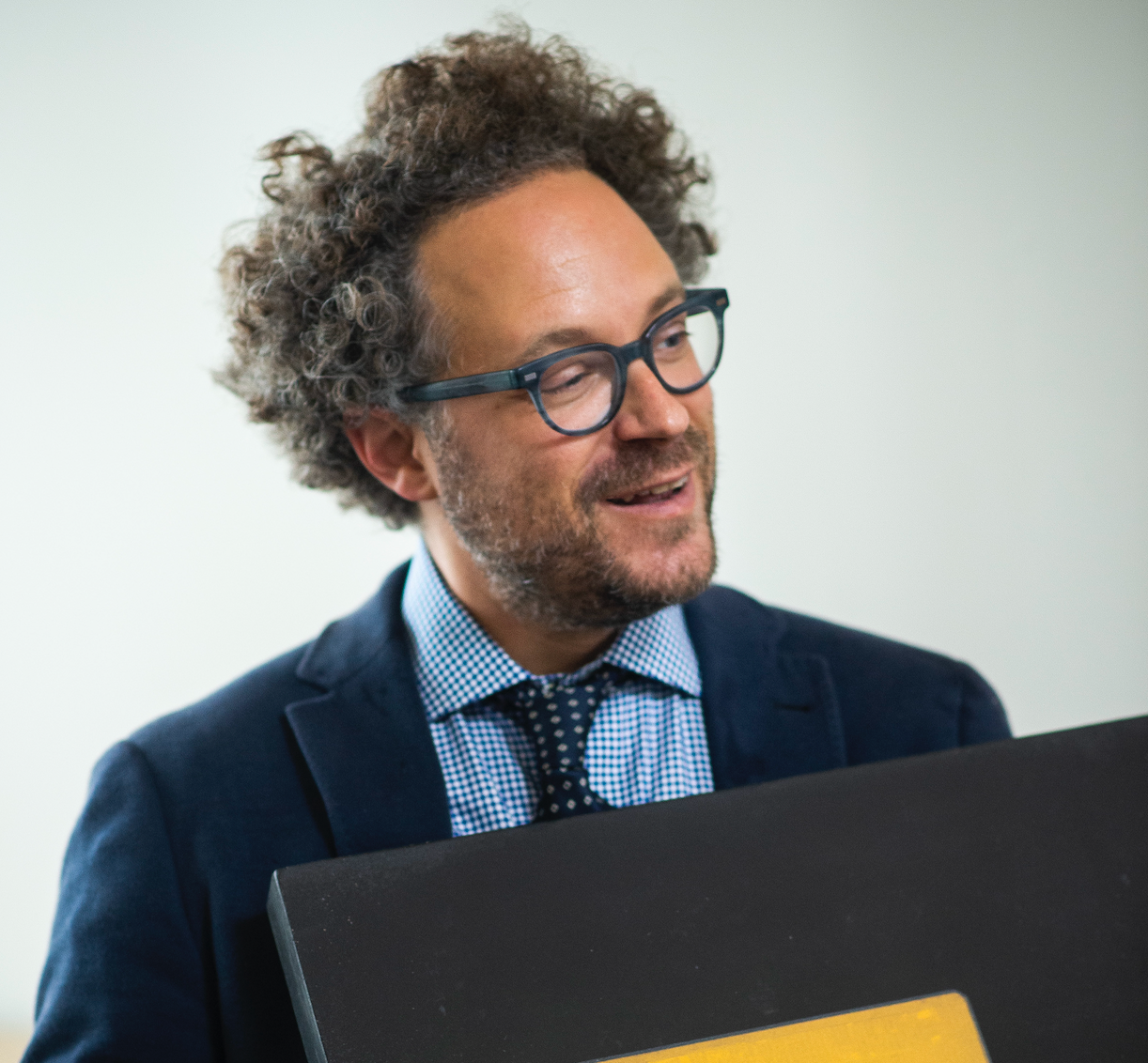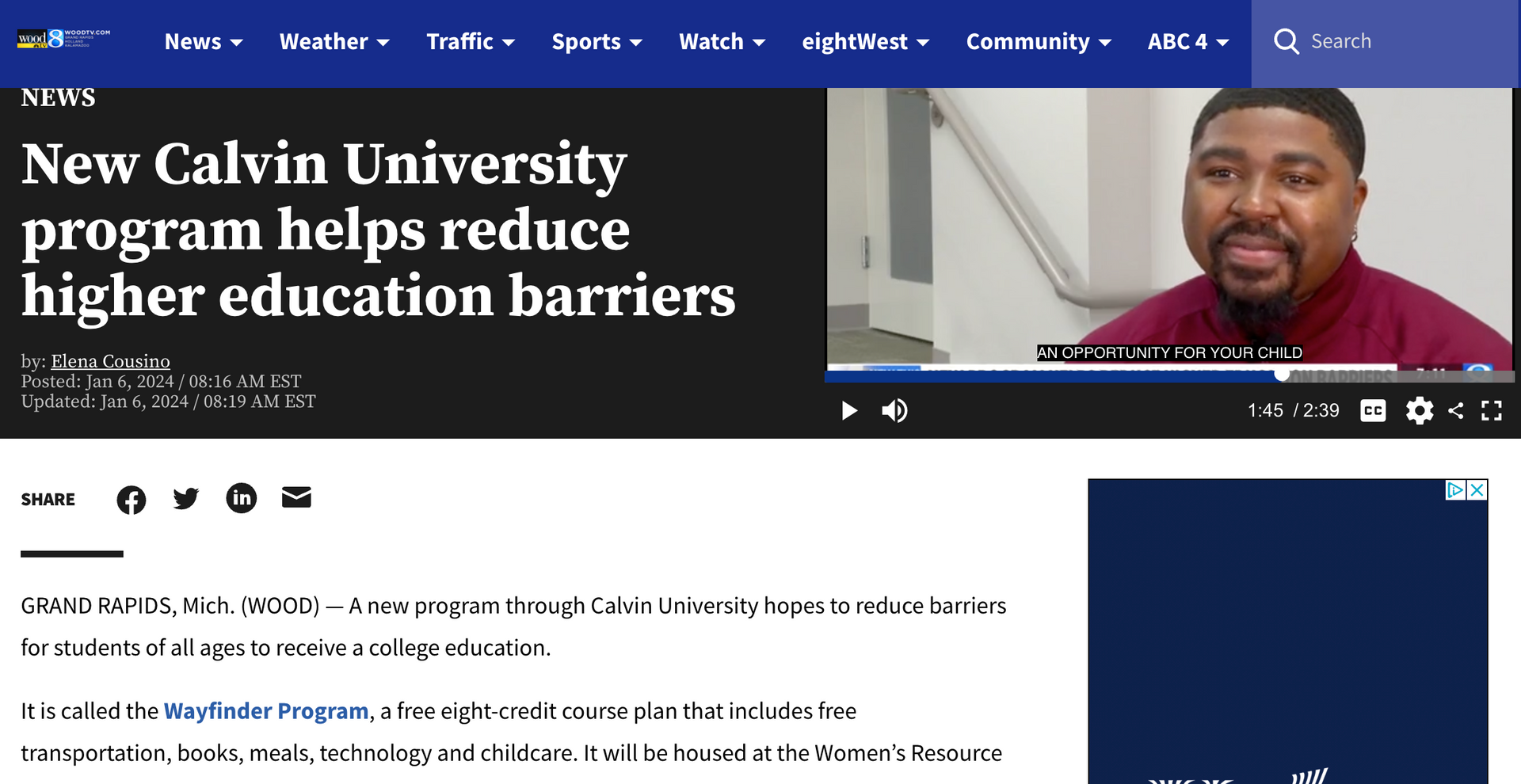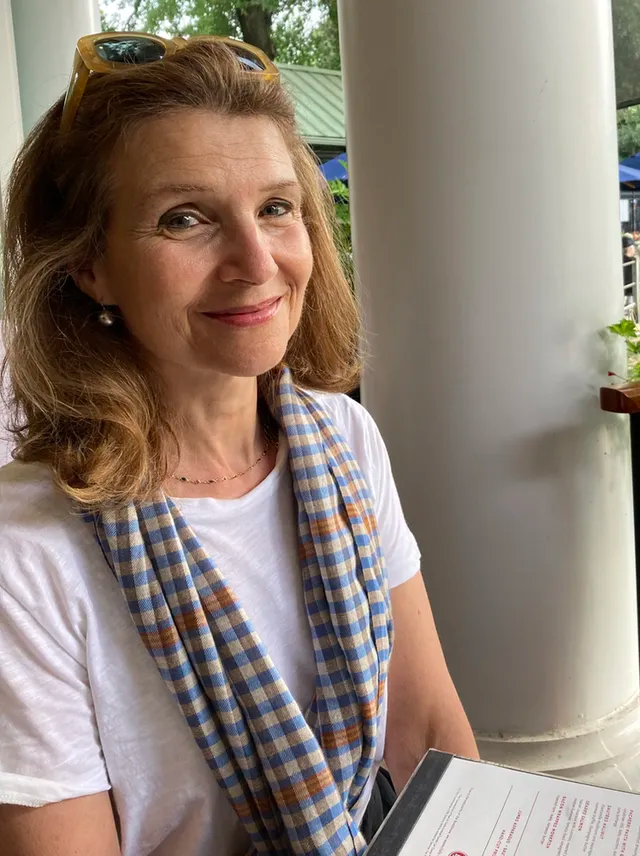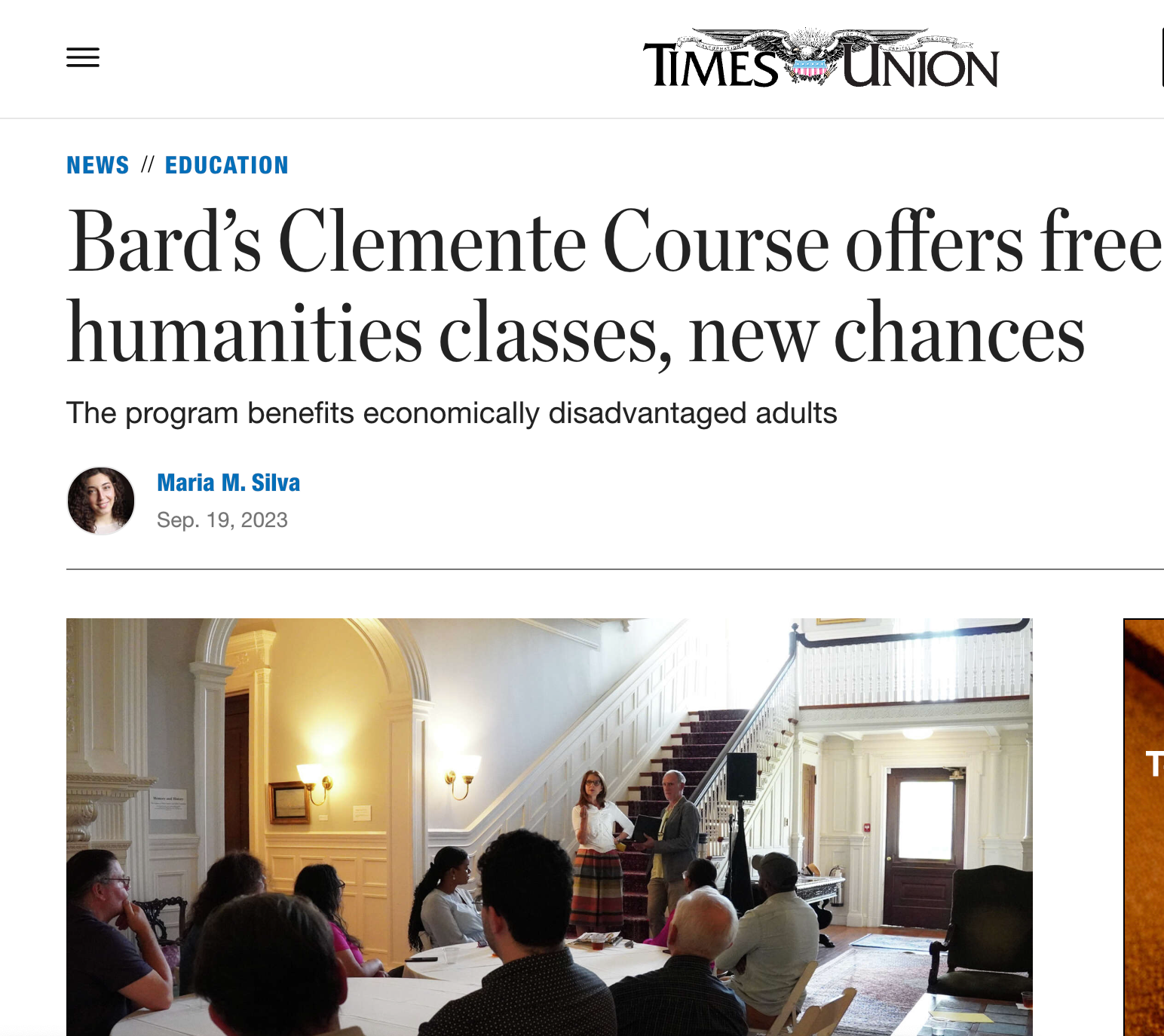
With A Reckoning in Boston making its world premiere this week at the Big Sky Documentary Film Festival , I’m answering two questions about the film posed to me by friends. As Academic Director of the Clemente Course in the Humanities in Boston's Dorchester neighborhood at the time, I was present whenever cameras were in our classroom.
The Room
One friend asked me about the physical setting of the class. The short answer is: that’s not our usual room except for when it is.
The scenes of our classroom were filmed in a black box theater in the building where we have classes. In general our classes are held in a fluorescent-lit room that is used for groups of up to 30 people. Because our regular room is the largest meeting room at Codman Square Health Center , when the health center has its monthly evening board meetings, our class is displaced to the black box theater. So teaching and learning in the black box was not a new thing, but it usually was just once a month.
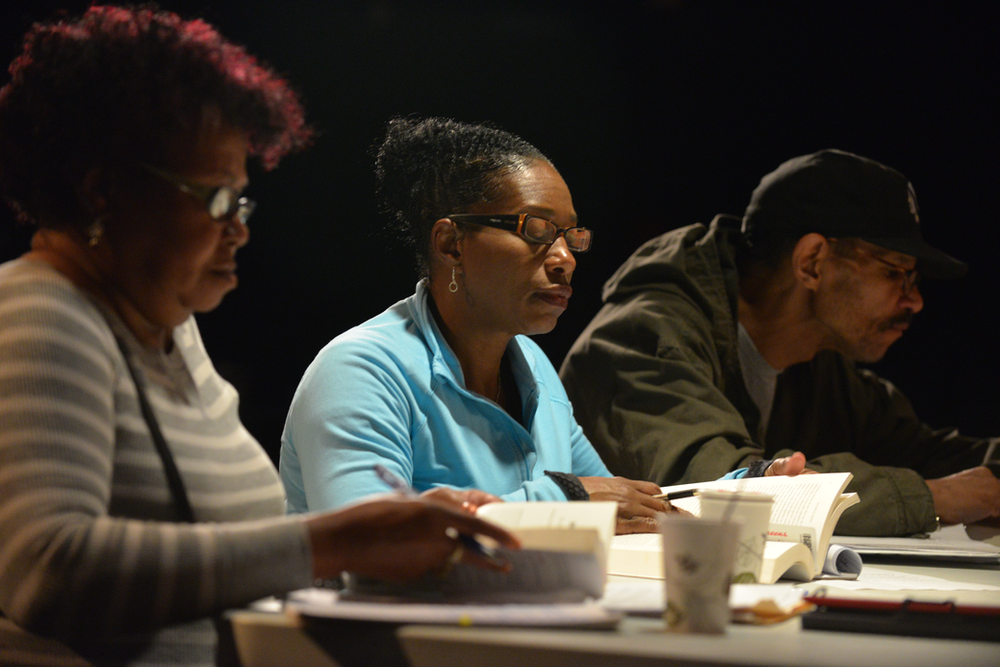
The filmmakers preferred to film in the theater because it gave them more control over lighting and it allowed the cameras to roam around outside the ring of students. That was good from a pedagogical standpoint because it meant the camera people would not be standing between students and the teacher.
So: our classes don’t always look like that, except for the times they actually do.
The People
Another friend asked about the main subjects, Carl and Kafi, and how they were chosen to be the protagonists in a film like this.
First of all, every applicant to the Clemente Course that year was informed of the upcoming filming at their initial interview. I was worried that having cameras in the classroom would discourage some people from taking the class -- or encourage the wrong kind of person to take the class!
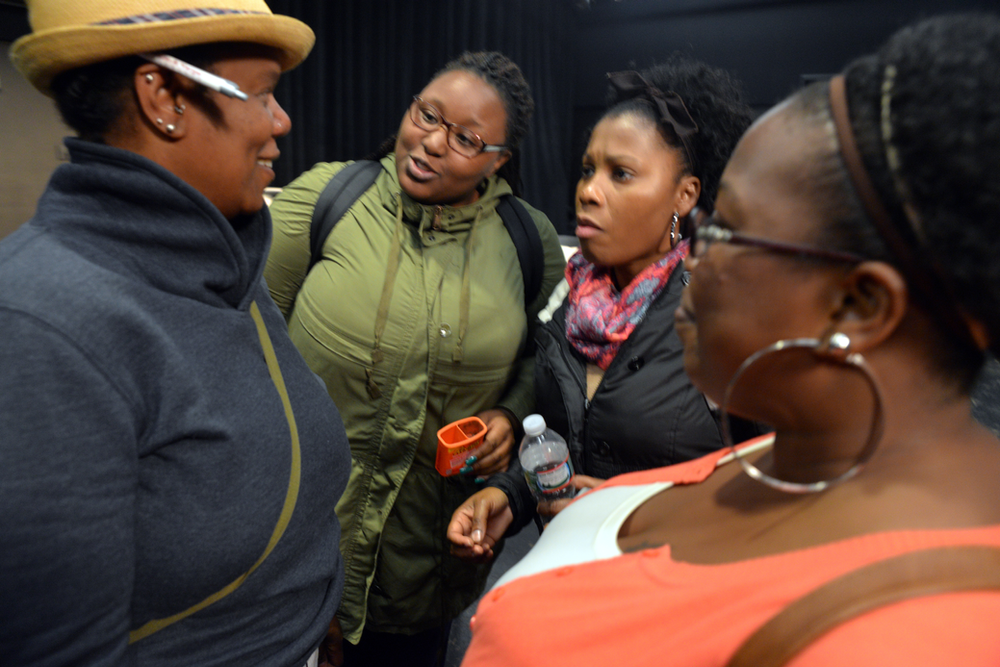
There was also the problem of high expectations. In test footage from the year before, director James Rutenbeck had captured an interview with a student about his favorite philosopher -- Nietzsche -- in between taking orders for pizza at the restaurant he was managing. The pizza philosopher would have been an ideal subject!
However, remarkable people enter the Clemente classroom every year .
Another student in the filmed cohort has a very compelling story, working in the arts on a temporary visa -- his story may have bent the film towards issues of immigration, rather than housing. For a while James followed at least four or five people before narrowing it down to Kafi and Carl. I was not involved in this choice, but I’m sure their honesty and accessibility, as well as the fact that they represented different genders, ages, and stages of life, were all factors in this decision.
For the record, every student in our classroom has harrowing, funny, crazy stories to tell, injustices they battle, and personal triumphs that are worth celebrating. Not everyone is willing to share these with strangers, and I commend Carl and Kafi for their courage to do so.
**
A Reckoning in Boston will initiate many conversations as audiences experience it this year, including ones about our classroom and approach to humanities education. Overall, I think the film captures the truth about what the Clemente Course is, how it affects participants, and how the course fits into the fabric of a city.
